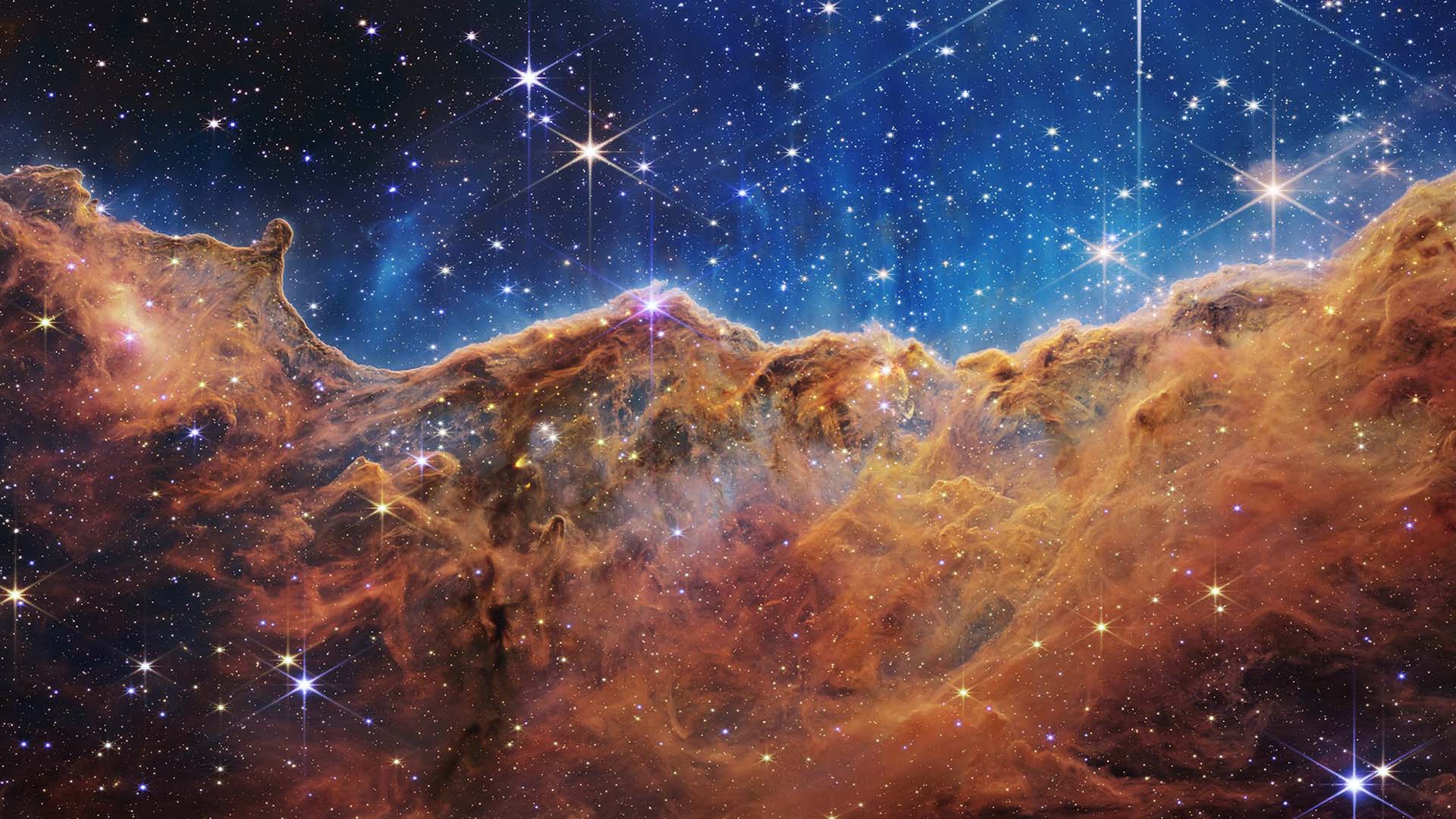July 15 marks one year since NASA revealed James Webb Space Telescope’s first images. In the year, the world’s most powerful space science telescope has given scientists never-before-seen views and data of deep space and galaxies. Check out seven of the telescope’s biggest discoveries and accomplishments.
1. First Full-Color Images Released
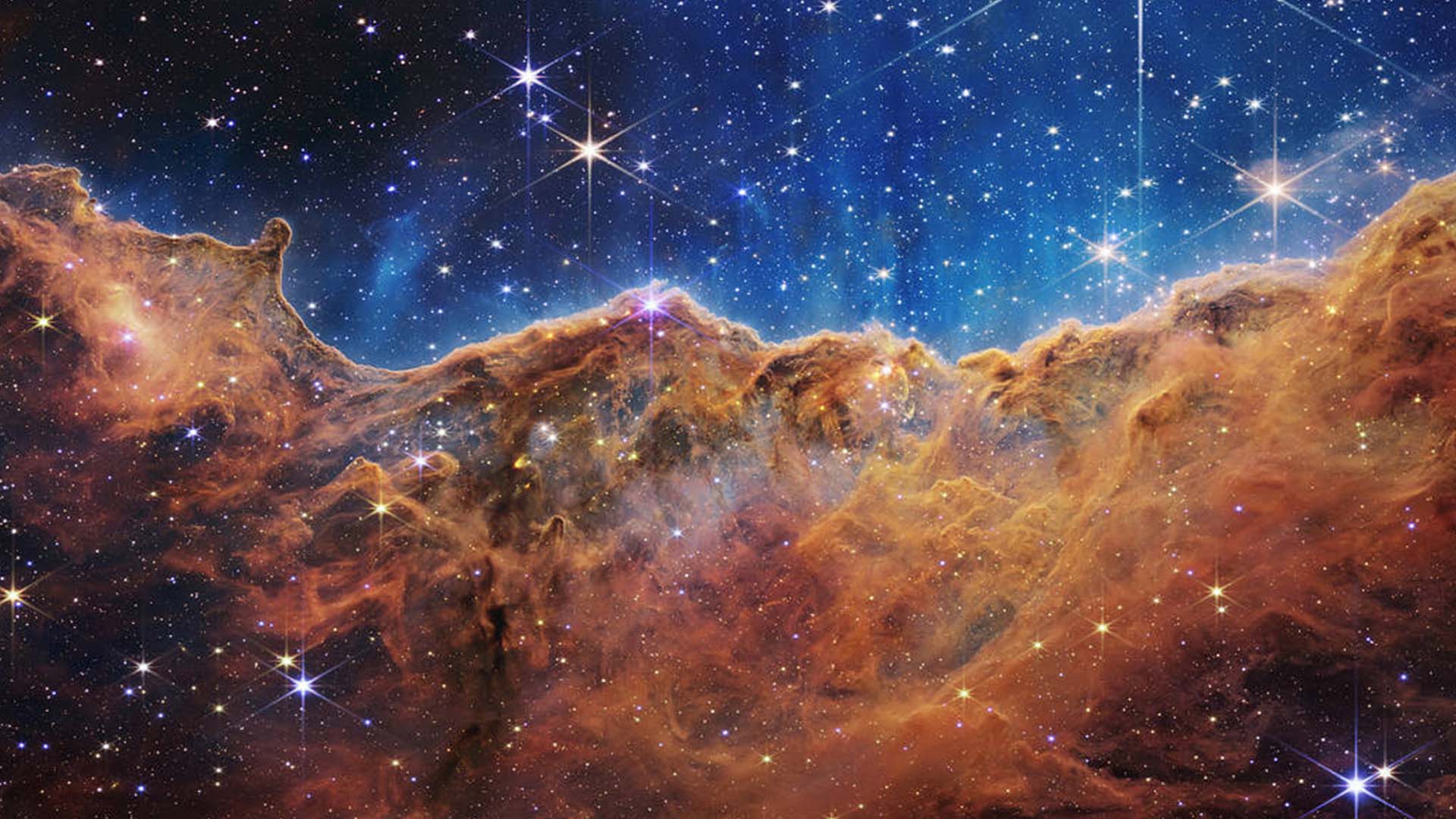
The James Webb Space Telescope launched on December 25, 2021, in the culmination of decades of work by NASA scientists and engineers. In mid-July, Webb released its stunning first images, garnering excitement and inspiration from scientists and civilians alike.
One of the first full-color images that NASA released was the awe-inspiring Carina Nebula, also known as the Cosmic Cliffs. The cloud of gas and dust gives birth to new stars, and it is located about 7,500 light-years from Earth. As with many of Webb’s targets, the nebulae were previously known to astronomers, but the observatories ability to see in the infrared allows it to penetrate clouds of dust that would cloud other telescopes.
2. Direct Image of an Exoplanet
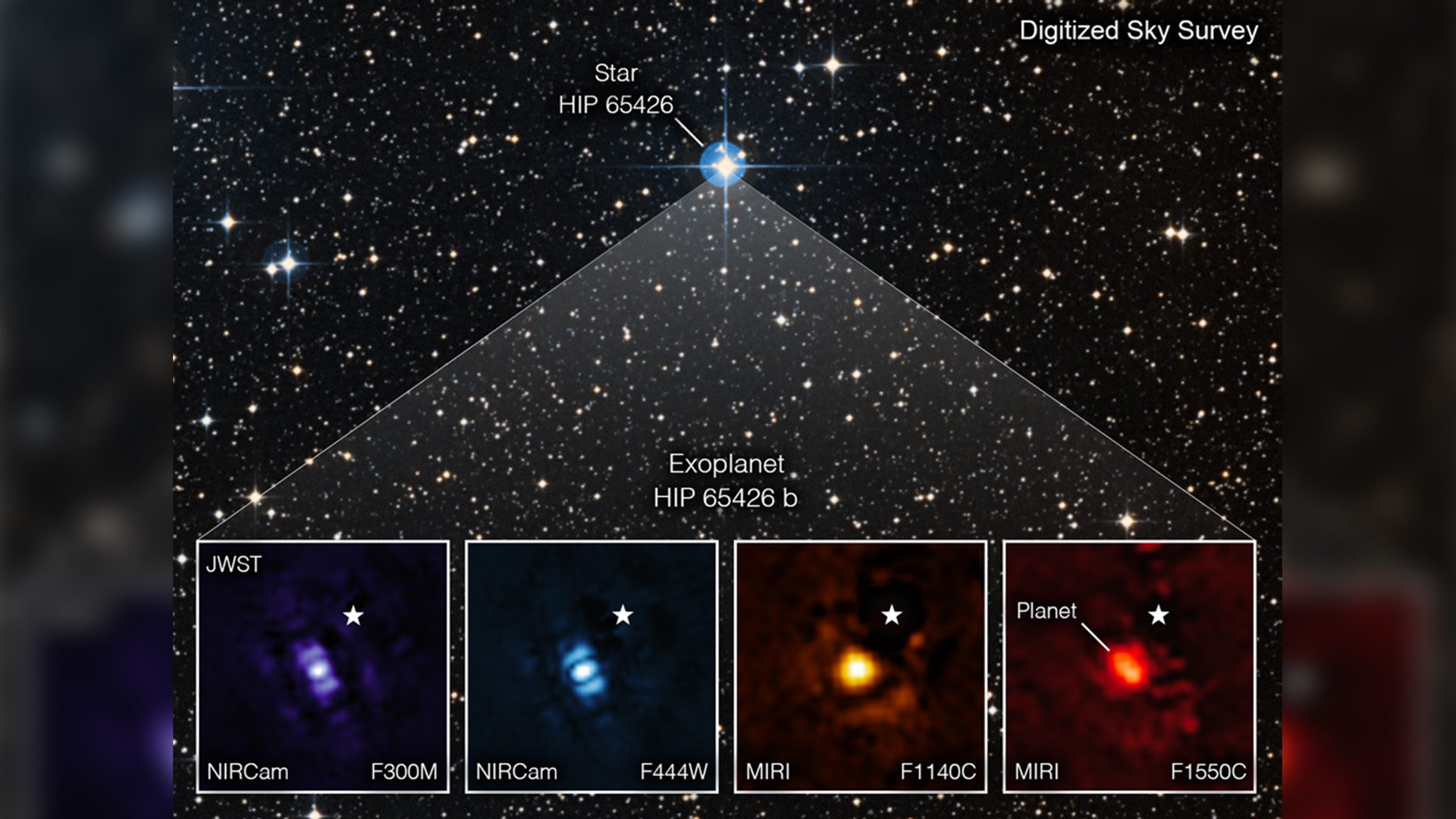
Since their discovery in the 1990s, scientists have only been able to image exoplanets about 24 times. Most exoplanets are so far away that they can only be detected when they pass in front of their host stars.
Thanks to Webb’s cameras, filters, and coronagraphs (tools that block out the light of the central star), the telescope captured its first direct image of an exoplanet in September 2022. The planet, called HIP 65426 b, is a gas giant estimated to be six times larger than Jupiter. The accomplishment proved that James Webb can capture extremely sensitive images of objects that had been previously out of reach.
3. Discovery of an Exoplanet
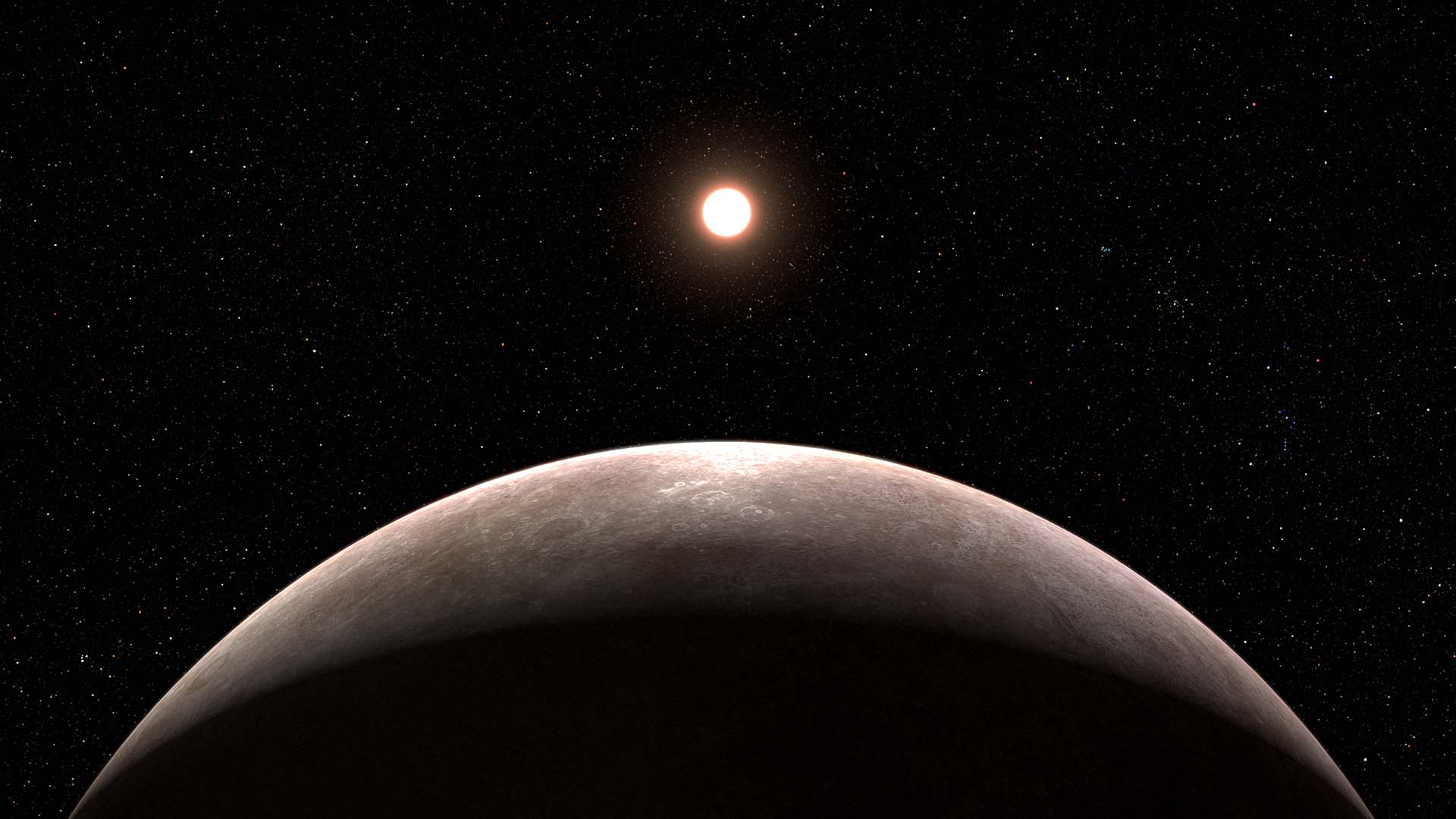
In addition to capturing exoplanets with unprecedented resolution, Webb discovered its first exoplanet. In January 2023, the telescope used its Near-Infrared Spectrograph to capture the planet, classified as LHS 475 b. The planet is almost exactly the same size as Earth and is a few hundred degrees warmer. The Near-Infrared Spectrograph was also used to create a transmission spectrum to observe the exoplanet’s range of molecules.
4. Clearest View of Neptune
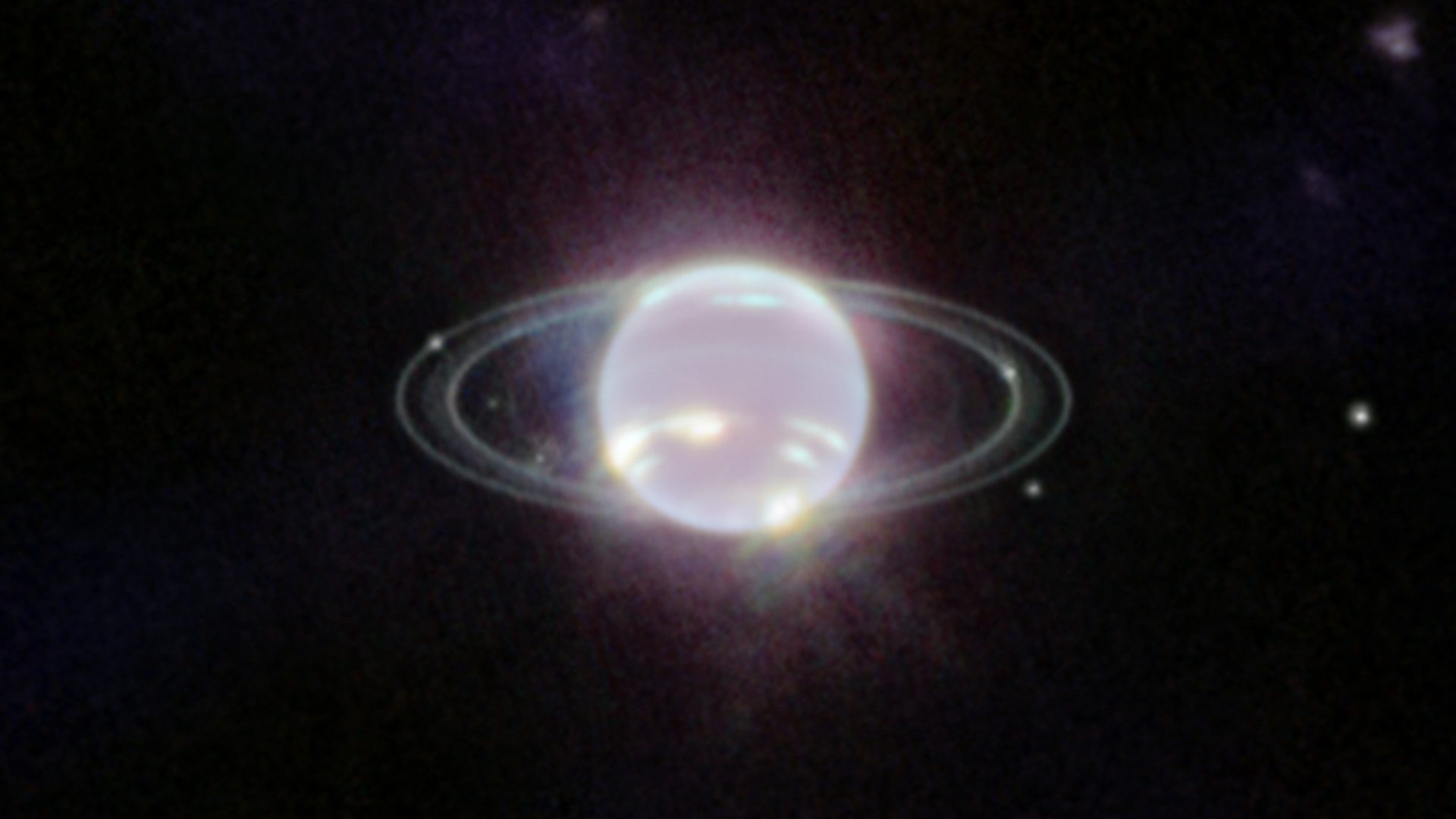
In October 2022, James Webb Space Telescope released the clearest view of Neptune and its rings seen in decades. Some of these rings have not been detected since 1989, and some have never been seen at all. The image, captured with Webb’s Near-Infrared Camera, depicts the planet’s bright rings and fainter dust bands. The dust bands appear as fuzzy particles in between the brighter, ice-dominated rings.
5. Better Resolution of Pillars of Creation
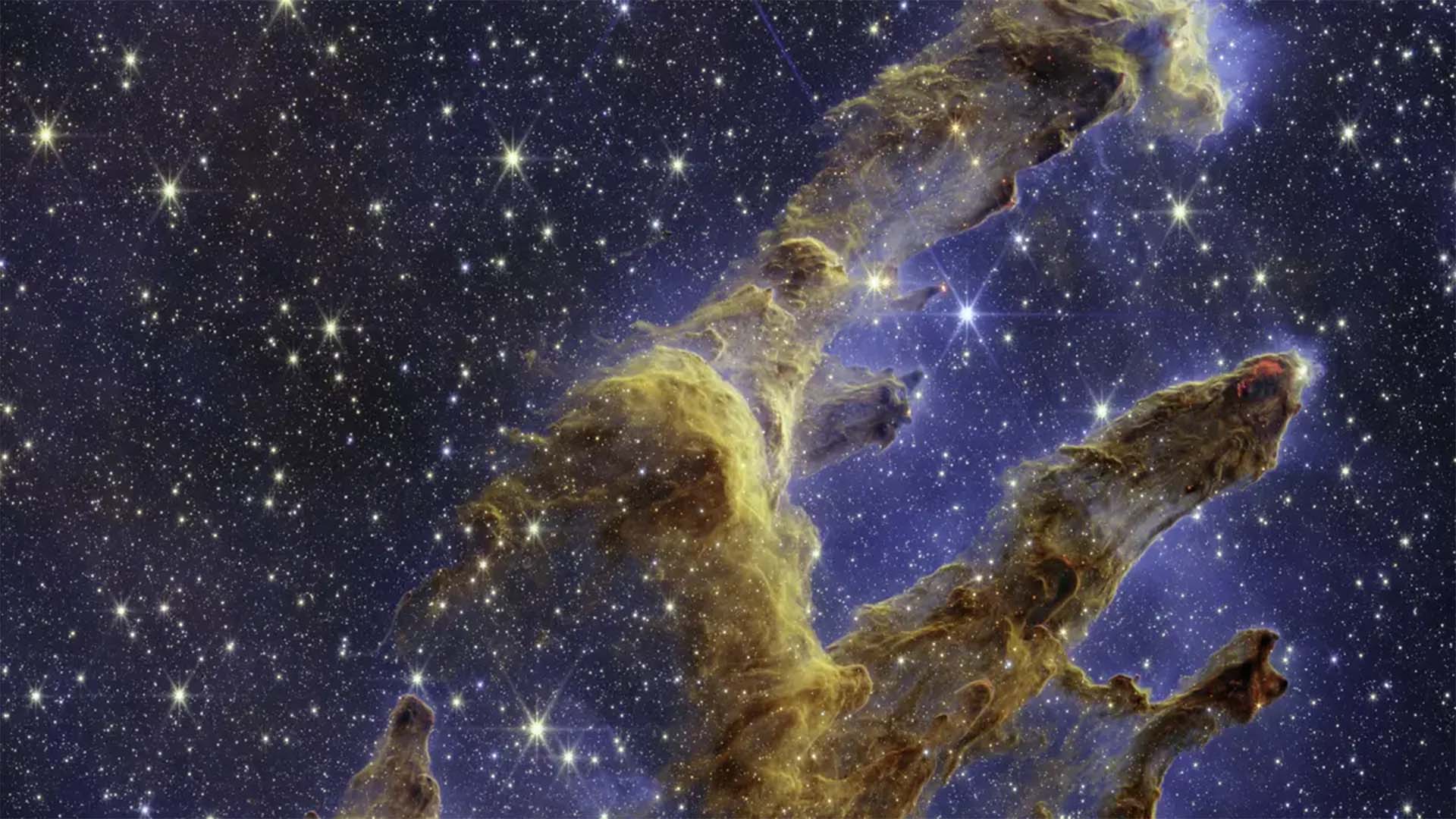
The vast clouds of gas and dust of the Pillars of Creation were first photographed and made famous by the Hubble Space Telescope in 1995. In October 2022, the James Webb Space captured the pillars with more detail and clarity, revealing hundreds of previously invisible stars. The image not only shows Webb’s capabilities as an infrared telescope but also helps us understand how stars form.
6. Dust Shells Reveal Stellar Wind Blasts
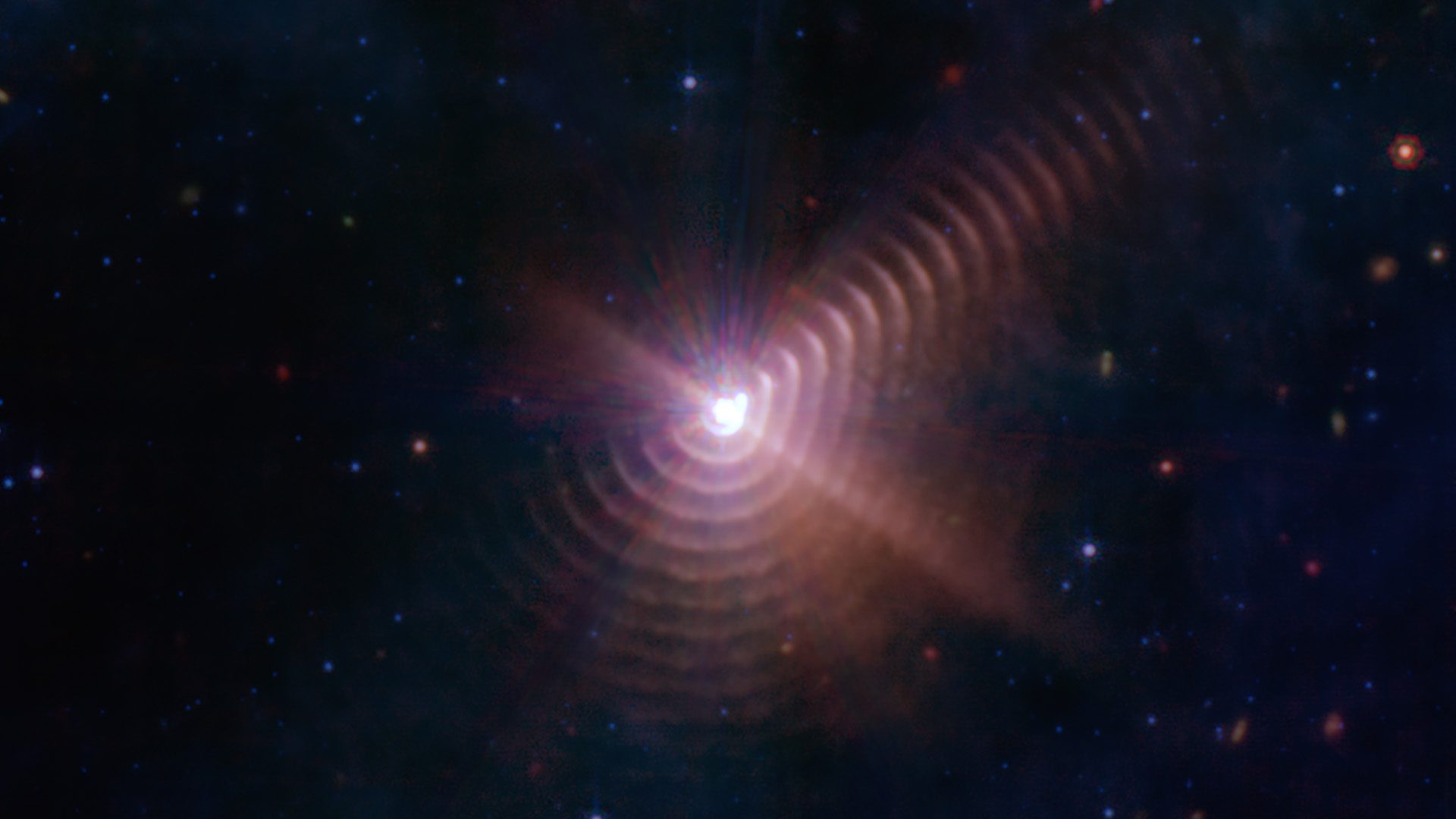
In October 2022, Webb captured a Wolf-Rayet star known as WR-140. The star is a dust-forming double star system, or binary. Notably, the image shows the star as being surrounded by at least 17 concentric rings that researchers believe to be dust shells. Each ring was created when the two stars came close together and their stellar winds interacted. Stellar winds are streams of fast-flowing streams of charged particles that are emitted from stars. The even spacing between the shells indicates that dust formation events happen once in each eight-year orbit.
7. Never Before Seen Stars in Tarantula Nebula
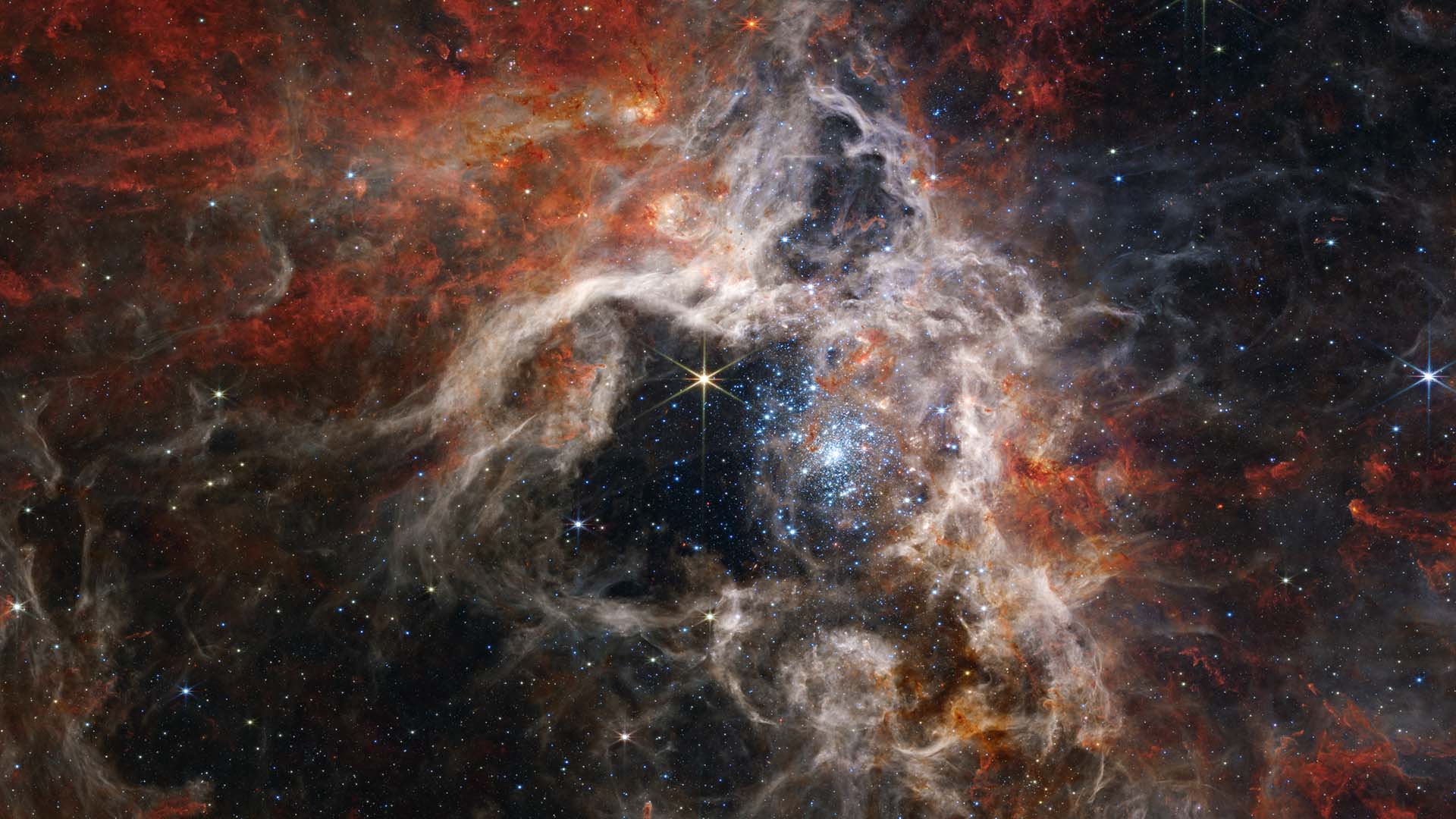
This striking image captures never-before-seen young stars in the Tarantula Nebula. Located about 161,000 light-years away, the Tarantula Nebula has a similar chemical composition to star-forming regions from the relatively early universe. This makes the Tarantula the closest example of what was happening in the universe as it reached its cosmic noon, which was when the cosmos was only a few billion years old and star formation was at its peak.




